Our clients developed some software to demonstration stage. They set a price and a three-year term. The customer wanted the contract in writing and some versions went back and forth. The key aspects of the licence fee and the three-year term were unchanged.
The licence fee was payable in instalments. The customer ended up paying for more than the 15 months’ worth of licence fees.
Our client finished development of the new software on time and it was used by the customer.
The customer now says that they have found a cheaper option and will be dumping our client. Our client has spent a small fortune developing the new version of the software on the basis that there was a three-year licence.
We are of the view that, despite no contract being signed, there is an enforceable contract because of the part-performance by both parties.
We met with the customer and its lawyer on Tuesday to investigate the scope for a mutually beneficial resolution, without going into the legalities. The customer was not confident that they could revert to my client’s software.
So, over the last two days we and our client have been compiling a nine-page letter setting out the key facts as to why there is an enforceable contract. This will be sent by e-mail later this morning, with hard copies and a few lever arch files full of e-mails, development schedules, agendas and minutes of user group meetings, redline-comparisons of the draft contracts showing no changes in the key terms and other supporting material.
If that does not yield the desired result, we are likely to go to the Supreme Court to seek specific performance of the contract. It should be an interesting lead-up to Christmas!
